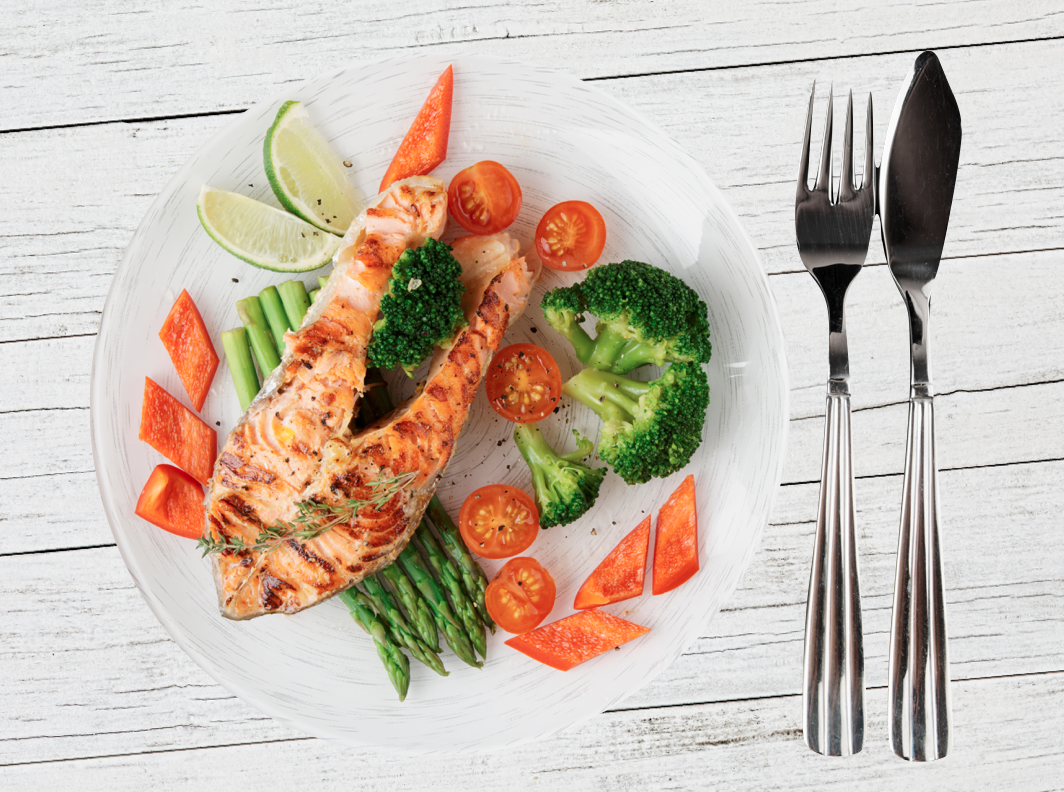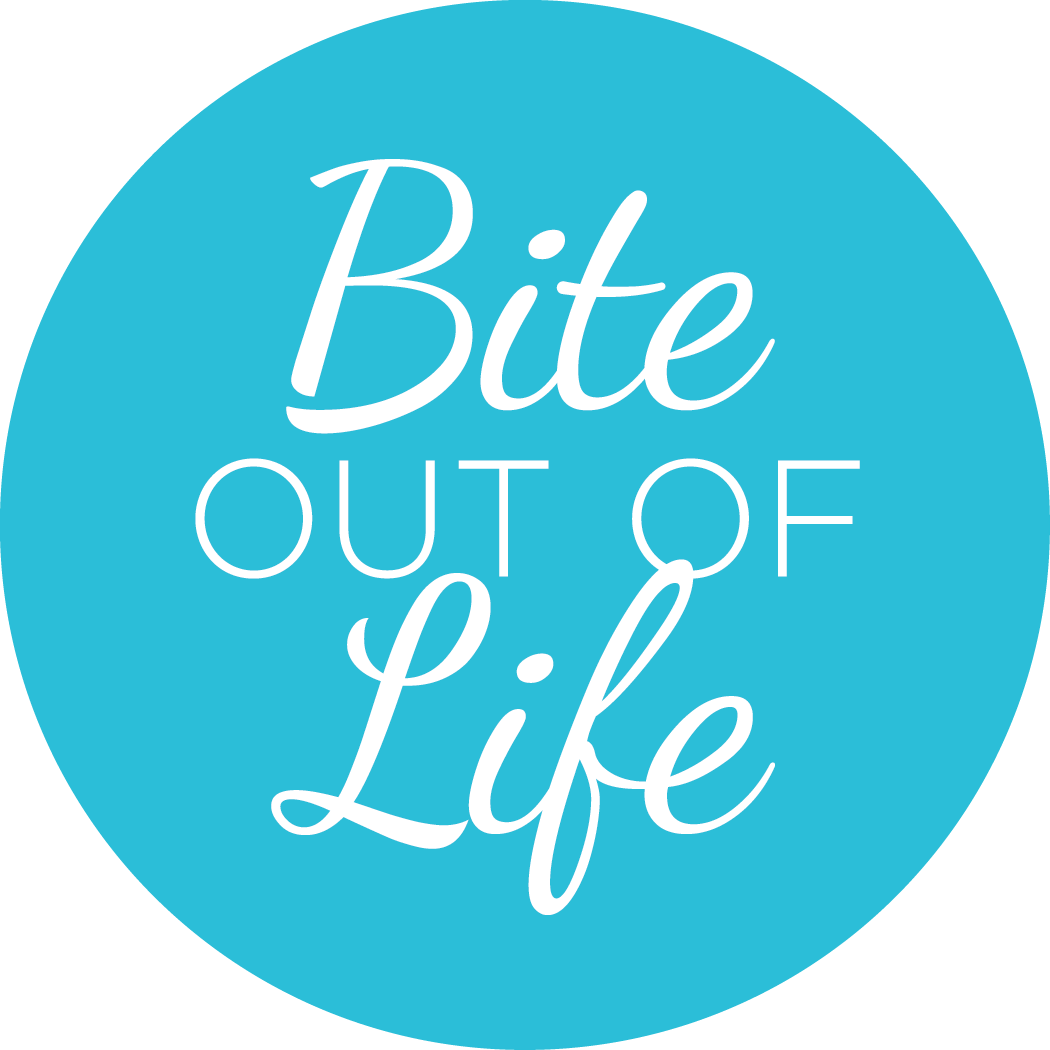
In the midst of the sunny summertime – we may think we don’t need to be concerned about our levels of vitamin D. After all, we’re basking in the rays and that’s how we replenish our stores of vitamin D, right?
Well, sort of.
But the truth is that in northern hemisphere countries (yep, like Canada), where sunshine is not as strong as places closer to the equator, more than two-thirds of the population have levels that are below those associated with reducing the risk of many chronic diseases like cancer. And at least 10% have levels so low that they don’t have enough for good bone health.
These eye-popping statistics are from 2010 – but given that most Canadian provinces have nixed funding for vitamin D testing, I think the situation is probably no better and very likely worse. After all, you can’t manage (or improve) what you can’t (or don’t) measure, right?
All vitamins are important and play specific roles in ensuring we stay healthy, but Vitamin D is special. Because it’s difficult to get enough vitamin D, it is therefore a very common deficiency.
So, let’s talk about how much of this critical fat-soluble vitamin we need, and how you can get enough via the three different tactics.
Why is vitamin D important, and how much do we need?
Vitamin D helps us absorb calcium from our food and acts like a hormone to help us build strong bones. Vitamin D can also help boost immune function, regenerate cellular growth, and help to prevent mood imbalances such as depression and seasonal affective disorder (SAD).
Not getting enough vitamin D can lead to bone diseases like osteomalacia – which is the softening of the bones. Inadequate vitamin D can also increase your risk of heart disease, autoimmune diseases, certain cancers, and even death. The “official” minimum amount of vitamin D to strive for each day is merely 400-600 IU. Many experts think that this is not nearly enough for optimal health. The Canadian Cancer Society says at least 1,000 IU is your minimum dosage and frankly, a lot of other practitioners say that up to 4,000 IU is probably closer to what the average depleted adult requires.
I am a proponent of looking at getting your vitamin D from a variety of sources. That way, your body has the opportunity to absorb it in different ways. And it ensures you are not reliant solely on either the sun, a vitamin D supplement or eating only vitamin D-rich foods.
How can I get vitamin D from the sun?
Your skin makes vitamin D when it’s exposed to the sun; that’s why it’s referred to as the “sunshine vitamin”. But, how much vitamin D your skin makes depends on many things. Location, season, clouds, clothing, all affect the amount of vitamin D your skin can produce from the sun. One standard recommendation is to get about 5–30 minutes of sun exposure between 10:00 a.m. – 3:00 p.m. to the face, arms, legs, or back. This should be done without sunscreen, at least twice a week, although daily is best. Of course, we should always avoid sunburns and in some locations (and seasons of the year) it’s not easy or practical to get sun exposure on our bare skin. Winters in the northern hemisphere often require bundling up, right?
So, how can we get enough vitamin D in other ways?
How can I get Vitamin D from food?
Vitamin D is naturally found in fatty fish, liver, and egg yolks. Some mushrooms make vitamin D when they’re exposed to the sun, although this vitamin D is not as bioavailable – or usable – as what is found in the other foods.
Some foods are “fortified” with vitamin D (which means vitamin D has been added). These include milk, some orange juices, breakfast cereals, and yogurt. It will say on the label how much vitamin D has been added per serving.
Because vitamin D is fat-soluble, you can increase absorption of it from your food if you eat it with some fat (healthy fat, of course).
Between sun exposure and food, it still may be difficult to get even the minimum of 400 IU of vitamin D each day; this is why you may need to consider vitamin D supplements.
How can I get vitamin D from supplements?
It’s easy enough to just “pop a pill” or take some cod liver oil (which also contains vitamin A). Either of these can ensure that you get the minimum amount of vitamin D, plus a bit extra.
But before you take vitamin D containing supplements, make sure you check that it won’t interact with other supplements or medications you may be taking. Always read your labels, and ask a healthcare or nutrition professional for advice. It’s not advisable to take more than the suggested dosage on the label of any vitamin D supplement, except when you are under the care of a health professional.
The maximum amount recommended (for the general population) is 4,000 IU/day. Too much vitamin D can raise your blood levels of calcium (to an unsafe level), and this can affect your heart and kidneys.
When you are looking at how much food, how much sunshine and what level of supplementation to consider, the best option is to get tested and see where your levels are, so you have a baseline and can work toward improvement.
You can ask your doctor to order a blood test (that you may have to pay for depending on where you live and whether you have employee health benefits that will offset the cost). Once you know your results, you can discuss options with your doctor, naturopath or nutritionist and determine how much vitamin D and in what form is right for you. Your healthcare practitioner may recommend higher amounts of vitamin D supplementation for a short time while under their care.
Conclusion:
Vitamin D is an essential fat-soluble vitamin which many people have a hard time maintaining adequate levels of. There are three ways to get enough vitamin D: sun exposure, through certain foods, and in supplements.
I’ve given you some ideas how you can get the minimum 400-600 IU or vitamin D daily.
If you’re concerned, request a blood test that measures your vitamin D levels and then consult with a health practitioner to be sure what’s right for you. Always take supplements as directed.
Recipe: Super-Simple Grilled Salmon
Salmon is one of the sunshine fishes, filled with vitamin D goodness. But pick wild caught as farmed fish has less nutritional content.
Serves 4
Ingredients:
- 4 wild salmon fillets or salmon steaks
- 1 bunch asparagus
- 1/4 tsp sea salt
- 1/4 tsp black pepper
- 1/4 tsp dried parsley
- 1/4 tsp. dried dill
- 4 tbsp olive oil
- Optional garnishes: Chopped red pepper, cherry tomatoes, broccoli pieces, etc – any of your favourite veggies!
- a few lime wedges, for serving
Directions:
- Preheat the oven broiler and raise the oven rack. Place parchment paper on a baking sheet and place fish on top, skin-side down if you’re cooking fillets. Surround with a single layer of asparagus.
- Sprinkle the fish and asparagus with sea salt, pepper, parsley, and dill. Drizzle with olive oil.
- Broil for 8-10 minutes until fish flakes easily with a fork.
- Plate, top with your favourite vegetable garnishes for an additional pop of colour and serve with a lime wedge. Enjoy!
- Tip: Serve with a side of rice or quinoa.
References:
http://thewellnessbusinesshub.com/yes-nutrient-deficiencies-heres-proof-can/
http://www.hc-sc.gc.ca/fn-an/nutrition/reference/table/ref_vitam_tbl-eng.php
https://ods.od.nih.gov/factsheets/VitaminD-HealthProfessional/
http://www.precisionnutrition.com/all-about-vitamin-d
https://www.healthline.com/nutrition/vitamin-d-101
http://neurotrition.ca/blog/brain-food-essentials-sardines
